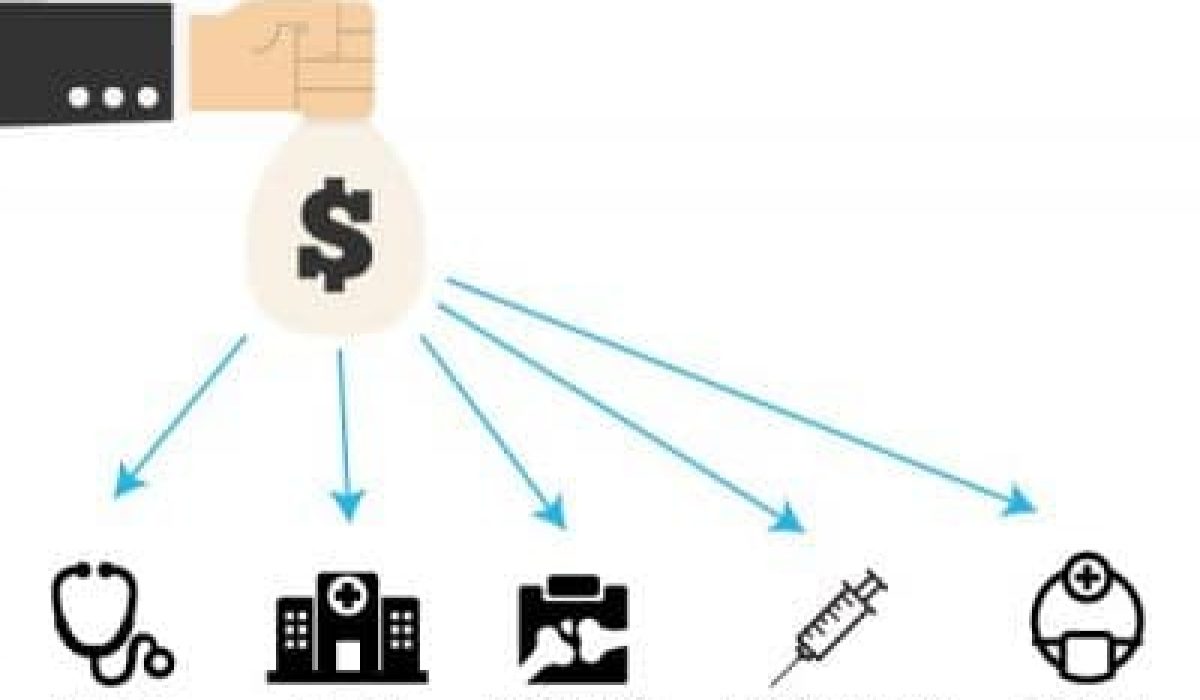What’s Next for Bundled Payments? 5 Things to Know
Despite the decision by the Centers for Medicare and Medicaid Services (CMS) to cancel two mandatory bundled-payment models, risk-based structures will continue to progress. In fact, CMS’s recent introduction of new Bundled Payments for Care Improvement Advanced program (“BPCI Advanced”) offers an exciting opportunity for acute care hospitals and physician practice groups to better manage costs, increase reimbursement and improve their overall quality of care.
The new model, which is now accepting applications through early-March, qualifies as an Advanced Alternative Payment Model (“APM”) under the Medicare Access and CHIP Reauthorization Act of 2015 (“MACRA”) and will allow providers to take advantage of additional value-based care incentives from the government.
Here are five key aspects of the program:
- APM Incentive Bonuses
Providers can achieve bonus payments under the new bundled payment scheme by demonstrating high-quality performance during 90-day episodes of care, provided that actual costs do not exceed the demarcated spending target. As with all APMs, the model blends these bonus payments with a shift in risk, requiring provider oversight to achieve their targeted measures during each episode.
- Episodes of Care and Quality Measures
The new model will initially cover 32 clinical episodes of care. It introduces a new inpatient episode relating to disorders of the liver (excluding malignancy, cirrhosis, and alcoholic hepatitis), and three of the episodes relate specifically to outpatient care (Percutaneous Coronary Intervention, Cardiac Defibrillator, and Back & Neck, excepting spinal fusion). The model will utilize seven quality measures, two of which will be mandatary for all clinical episodes (All-Cause Hospital Readmission and Advanced Care Plan).
- Cardiac Care Included
Notably, this is the first Advanced APM that will be introduced under the Trump Administration. Of the new episodes included under the model, several relate directly to inpatient and outpatient cardiac care. This likely comes in response to CMS’s decision last November to cancel two Obama-era proposals for mandatory bundled payments in cardiac care and an expansion of the joint replacement program.
- Additional Bundled Payments Models Likely
Alex Azar, who is President Trump’s recent appointee to the vacant HHS Secretary position, has made it a point to support alternative payment models in recent nomination hearings. Similarly, current CMS administrator Seema Verma has also publicly touted earlier versions of bundled payments, and expects further development on this front in the future.
- Application Deadlines
Providers must submit applications for the new model by March 12, 2018, and the first group of providers will begin participating on October 1, 2018. While the performance period will run through the end of 2023, CMS will specifically require any providers who join initially to remain accountable under the program until at least January 1, 2020, after which time CMS will provide a second opportunity to apply to the program.
Advis believes risk-based structures will continue to progress. We have vast experience in helping providers prepare for risk and value-based models and in developing strategies that maximize incentive payments under alternative payment programs. For additional information, please contact us at 708-478-7030 or fill out an electronic form.





